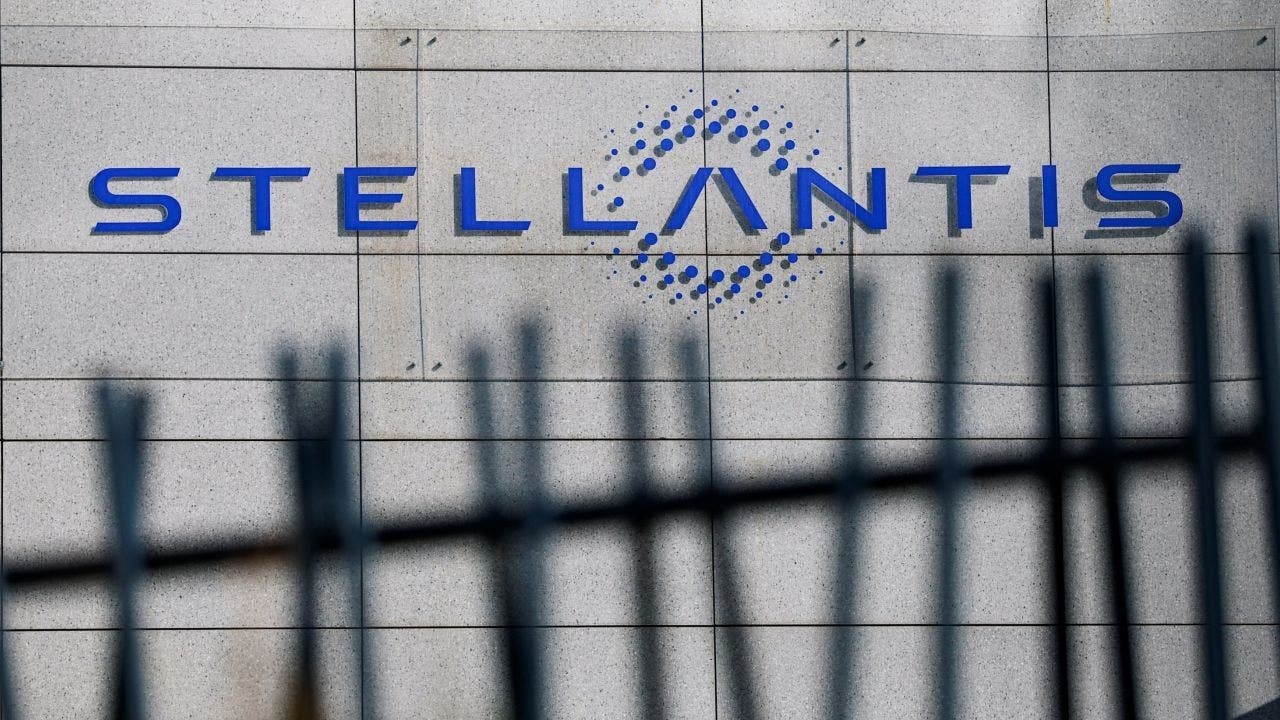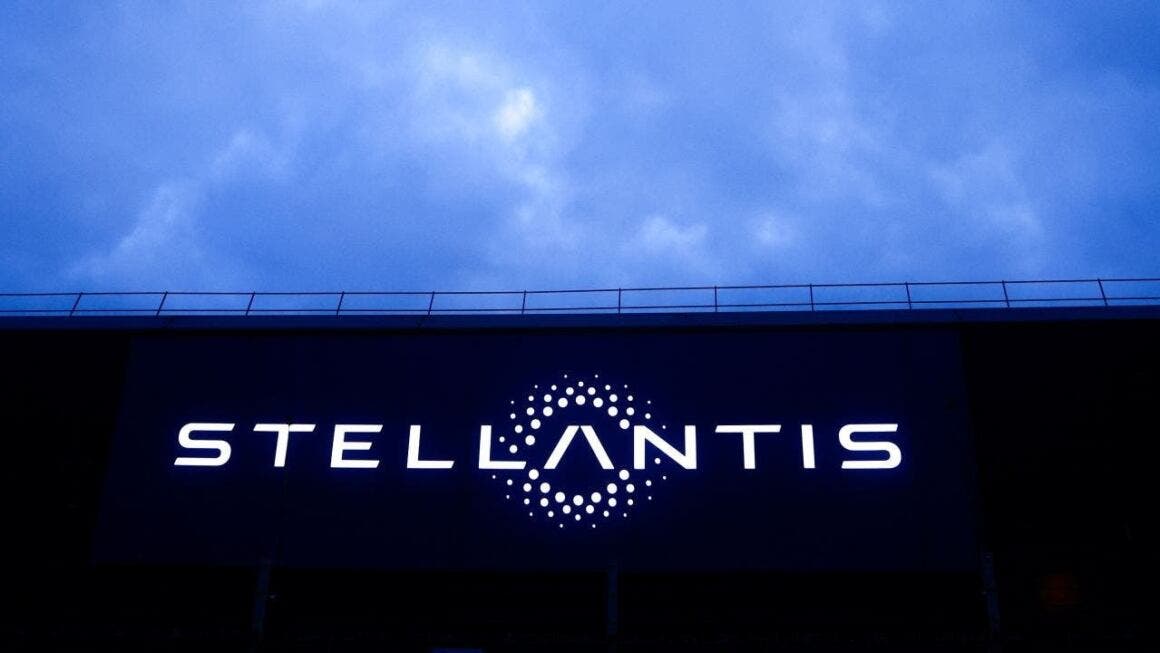The search for Carlos Tavares’ successor as CEO of Stellantis continues at a rapid pace, but very few details are leaking from the automotive giant’s top management. There have been numerous rumors over these months, starting from the week when Carlos Tavares resigned from the Stellantis group, throwing into panic (although for many it was a relief) an environment already very tense due to the less than enthusiastic results in 2024.
Stellantis narrows CEO search to five candidates as June 2025 deadline approaches

Even during the last meeting to approve the 2024 financial statements, which highlighted a dramatic 70% drop in net profits, executives, starting with John Elkann, maintained maximum confidentiality on the matter. However, some internal sources reportedly revealed to Automotive News that the list of profiles under review had been narrowed down to five names, with the goal of officially announcing the new CEO by the end of June 2025.
According to what has leaked, two of the candidates would already be part of the Stellantis group’s internal structure. These would be, although to be considered with due caution, Antonio Filosa, current head of Stellantis North America and responsible for the Quality department, and Maxime Picat, manager in charge of global procurement strategies.
Regarding external profiles, it is rumored that they are all men, and among these, Wayne Griffiths, who recently resigned from leading Cupra and Seat, might also be included. However, Stellantis has not released any official confirmation on this.

It is certainly not an easy appointment, both for those who must complete it and for those who receive it. Whoever is designated to lead the Stellantis group born from the merger between FCA and PSA will face complex and crucial challenges: on one hand, the new tariffs imposed by the administration under President Donald Trump, which risk compromising global trade balances, while on the other hand, issues related to electric mobility and the growing weight of the Chinese market, with an increasingly competitive Asian offering capable of eroding European manufacturers’ market share.

